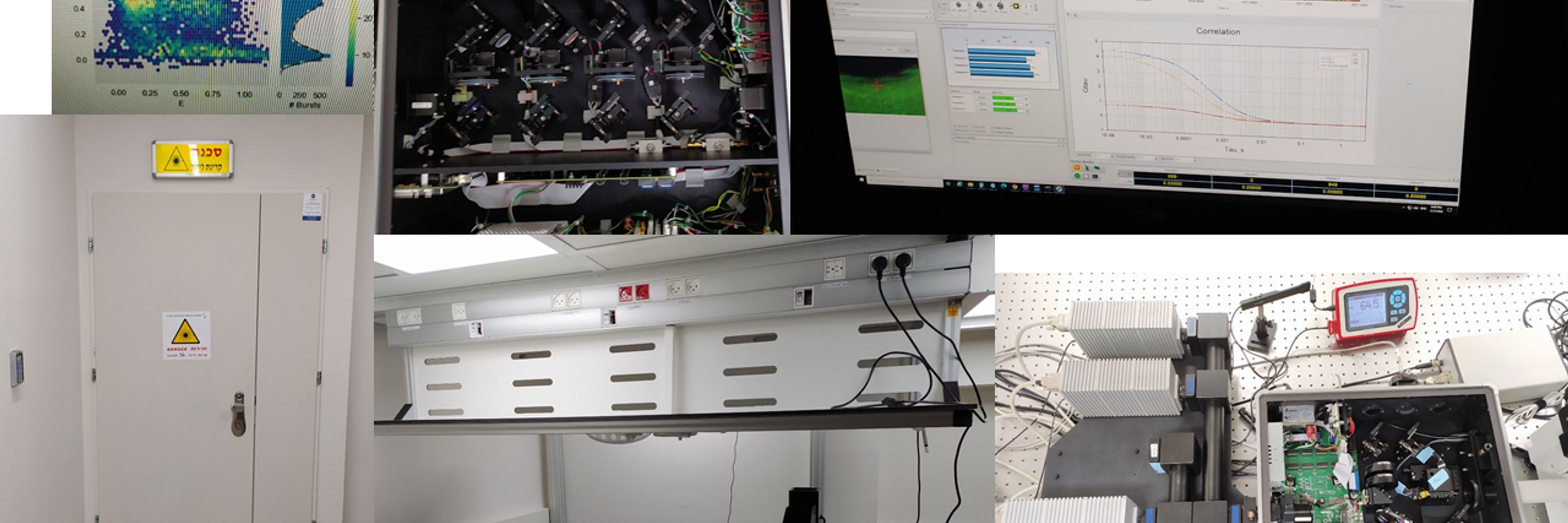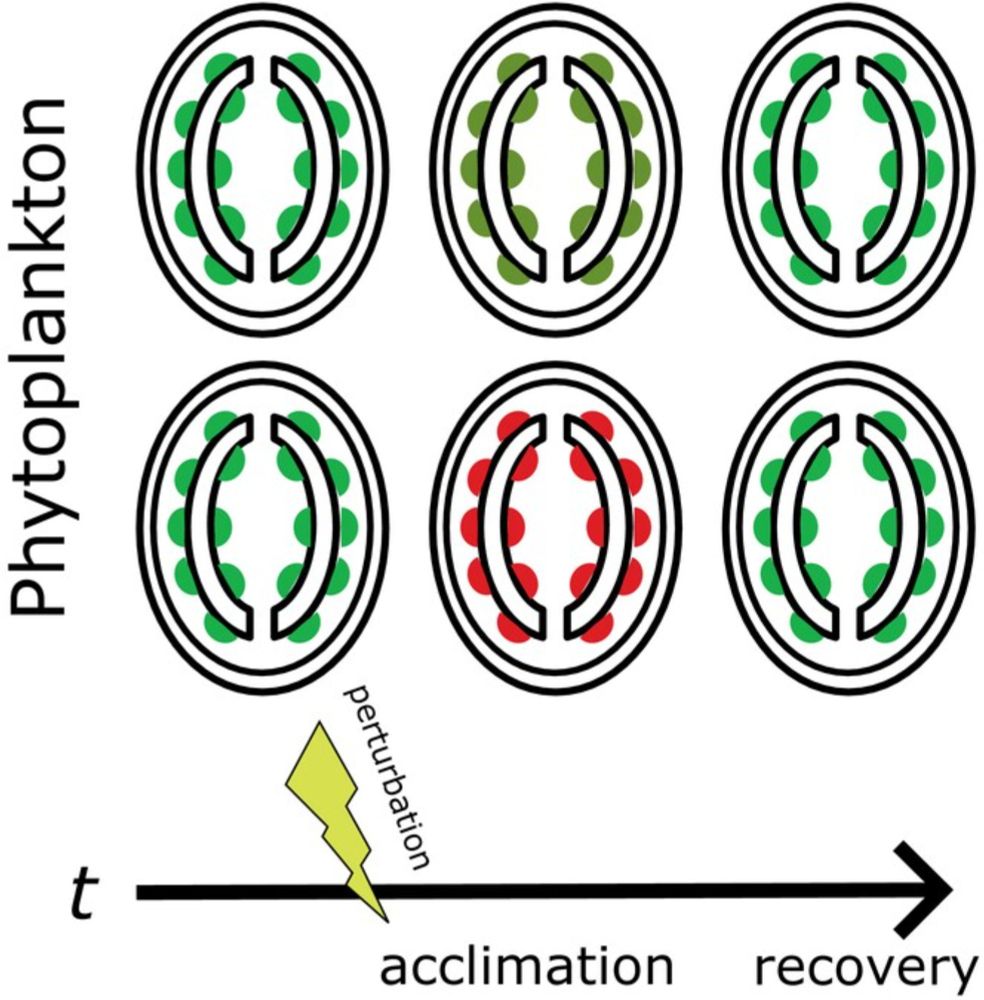
Interests: Biological Fluorescence, Photosynthesis, Single-particle spectroscopy, Dynamic Structural Biology, Super-resolution microscopy... (Life is short yet interesting)
Only PEG induced fluorescence lifetime modulation.
PEG's interactions with exposed lysines are unique.
Only PEG induced fluorescence lifetime modulation.
PEG's interactions with exposed lysines are unique.

Come over
Come over
Importantly, this work is a close collaboration with the Nir Keren lab, and already feeds exciting follow-up projects (to be continued).
Importantly, this work is a close collaboration with the Nir Keren lab, and already feeds exciting follow-up projects (to be continued).


the @sarahrauscher.bsky.social lab, summarizing this work (poster B4).
the @sarahrauscher.bsky.social lab, summarizing this work (poster B4).
Talking about @sarahrauscher.bsky.social, they have presented an elaborate MD-based model of the effects of PEG on the FP mCherry, a work we took part in (see doi.org/10.1101/2024...).

Talking about @sarahrauscher.bsky.social, they have presented an elaborate MD-based model of the effects of PEG on the FP mCherry, a work we took part in (see doi.org/10.1101/2024...).

